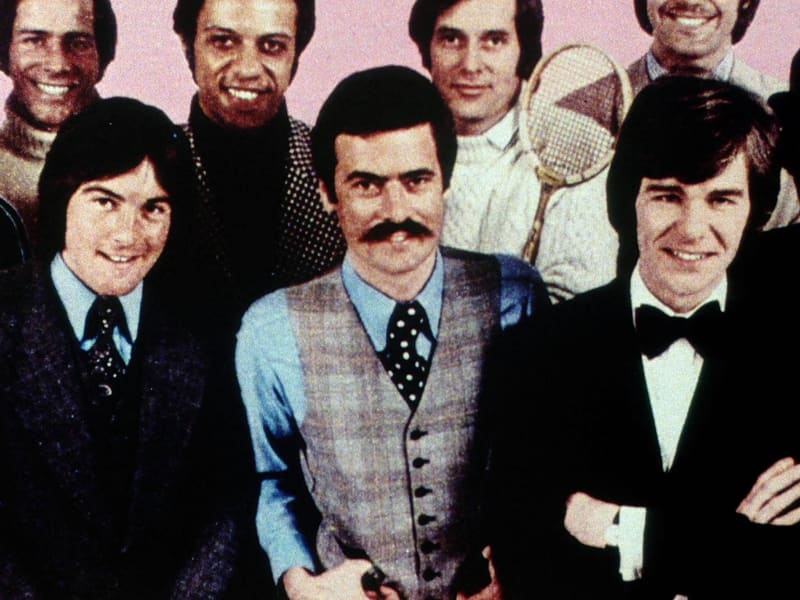For his first solo exhibition at the gallery John Smith presents four films that focus on spoken and written language, playfully exploring the production of meaning through the use of subjective narration and filmic devices. They resonate with the subversive humour that his work is well known for, demonstrating how film can exploit the power of language and vice versa.
In Steve Hates Fish (2015), his most recent film in the exhibition, Smith navigates his way along a north London shopping street using the ‘Word Lens’ translator app on his smartphone to scan a variety of shop signs. Having been told to translate English words from French to English the app is doomed for failure, generating automatic translations that are at once comical and surreal. Reflecting the experience of a bustling city overloaded with signage and where many languages collide, the film bombards us with words that make no obvious sense. But the jumpy mistranslations also demonstrate how we can’t help but find associative meaning in even the most random combinations of word and image.
Also concerned with cultural and linguistic translation, White Hole (2014) begins with an entirely black screen and accompanying ‘nonsense’ soundtrack. It soon transpires that this gobbledygook is in fact Smith’s own voice played backwards. After a short while a tiny white dot appears in the centre of the screen and steadily grows into a recognisable form. Watching a continuous loop, the viewer enters and exits a tunnel in a claustrophobic never-ending journey, while Smith’s monologue recounts trips to communist Poland in 1980 and reunified Germany in 1997. While the image alternates between negative and positive and the soundtrack plays forwards and backwards, White Hole suggests as much about present-day politics as it does about the past.
Dad’s Stick (2012) is a portrait of Smith’s late father, told using close-up images of three well-used objects that he possessed for many years. The first of these is initially presented as an abstracted image composed of layers of colour, accompanied by the text ‘My Dad did a lot of painting’. We naturally assume that this is one of his artworks but, as is common in Smith’s work, we later come to realise that we have been deliberately misled. Dad’s Stick emphasises the unequivocal influence of language on our judgements and creates a dialogue between abstraction and literal meaning.
The voice-over in Smith’s 1975 film Associations is taken from ‘Word Associations and Linguistic Theory’ by the psycholinguist Herbert H Clark. The text describes how we interpret and respond to individual words, especially when we have to respond quickly. Smith explores this theory by combining the soundtrack with a quickfire succession of tightly synchronised images that suggest alternative interpretations of words and their component syllables. The film uses the ambiguities of the English language to simultaneously undermine and create meaning.
John Smith was born in 1952 in east London, where he continues to live and work. His films have been exhibited and screened internationally for more than four decades. He received the Paul Hamlyn Foundation Award for Artists in 2011 and Film London’s Jarman Award in 2013. In 2015, retrospective programmes of his work were presented at international film festivals in Leipzig, Munich, Stuttgart and Vilnius. Recent solo exhibitions include Sign Language, Tanya Leighton, Berlin (2015), John Smith: Is it True, Museum of Contemporary Art, Leipzig (2015), Le Baiser, Centre d’Art Contemporain de Noisy-le-Sec, Paris (2014), Horizon, Turner Contemporary, Margate (2012), Bildstorung, Kestnergesellschaft, Hanover (2012), The Girl Chewing Gum, Walker Arts Centre, Minneapolis (2011) and John Smith: Short Films, Uppsala Art Museum (2011).
Steve Hates Fish was commissioned by Tintype Gallery for the exhibition Essex Road II.
Dad’s Stick was commissioned by Frieze Foundation for Frieze Film 2012.

